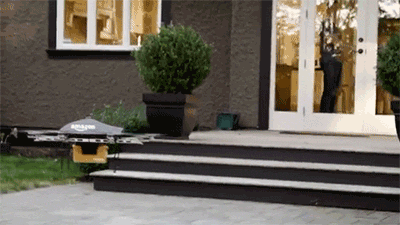In “The World in 2025,” IKEA has a dozen predictions for how life will change a decade into the future. Perhaps by that year, IKEA will have hired copyeditors because the piece surprisingly has lots of typos (which I’ve removed below). You expect that kind of slapdash nonsense from Afflictor but not from Scandinavian perfectionists! A quartet of the preognostications:
Our homes will become physically smaller
As populations age and we have less children, there will be a trend toward less people per household. Increasing real estate and transport costs in cities will favour denser living. Spaces will have to work harder in order to accommodate multiple uses by multiple people.
How might we create multifunctional spaces?
Computers will be everywhere
Even simple devices will be equipped with sensors, CPUs and transmitting devices, allowing for communication with the user, but also with each other, creating self-regulating systems.
How might we ensure that a computerised kitchen doesn’t lose its humanity?
‘Shopping’ will mean ‘home delivery’
Shopping will be seamless and impulsive. The physical act of going into a shop will be more about learning and exploration than purchasing. Instead, we will be able to purchase items digitally and have them delivered by robots, wherever we are, within minutes.How might we integrate outside services into our kitchen behaviours?
Food will be more expensive
As populations grow, and as developing countries’ diets incorporate more meat, supply constraints will push the cost of food higher, by 40% according to some estimates.How might we ensure that we make the most of what we use?•

